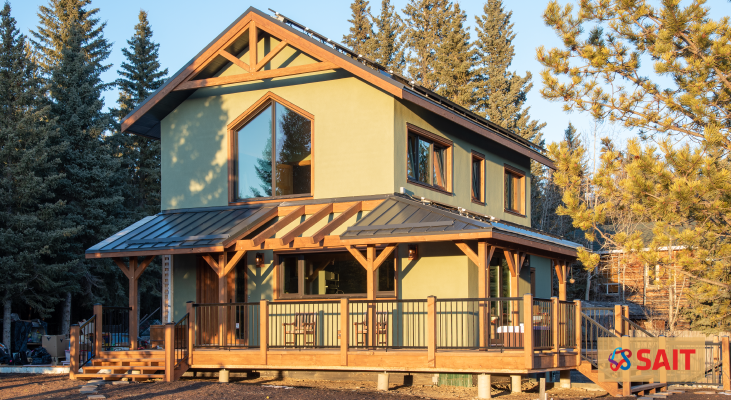Sustainable building: the transition to greener infrastructure
A combination of applied research expertise and climate-aware programming enables polytechnics to take a leadership position for the transition to cleaner, greener infrastructure. A case in point, SAIT’s Green Building Technologies research division recently completed work on The Confluence – a green tech home built in partnership with Woodpecker European Timber Framing that produces more energy than it consumes. The Confluence is posed to achieve the Living Building Challenge’s highest certification.
Polytechnics Canada sat down with Melanie Ross, the project’s research manager and Hayley Puppato, one of its coordinators, to discuss the effort.
Read More > “Sustainable building: the transition to greener infrastructure”








